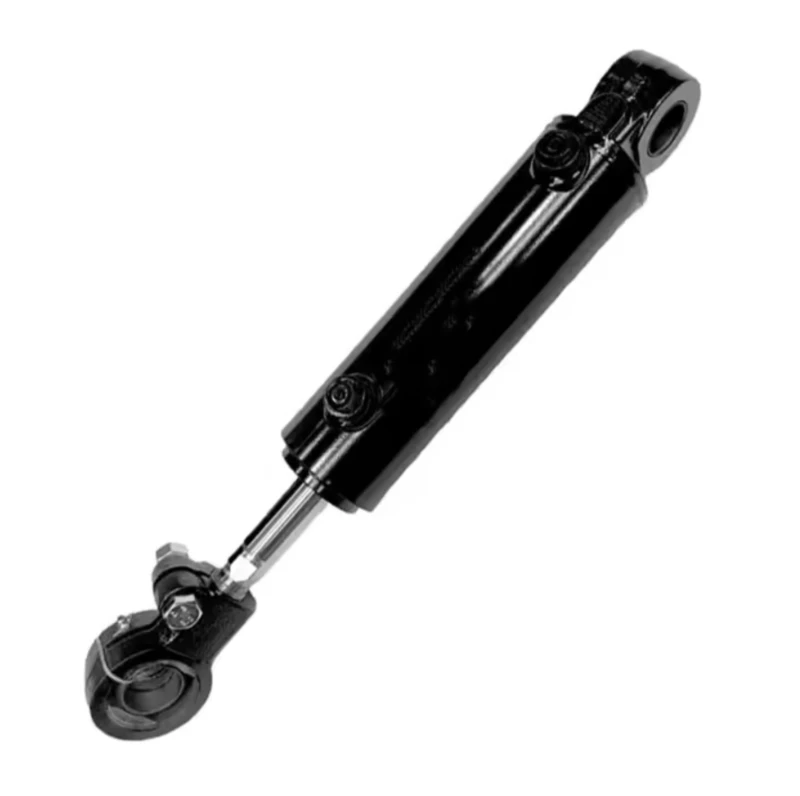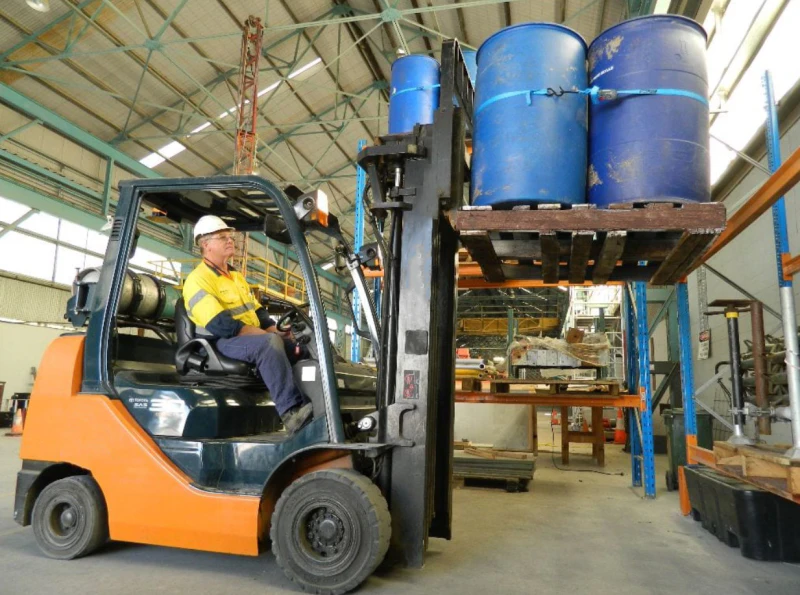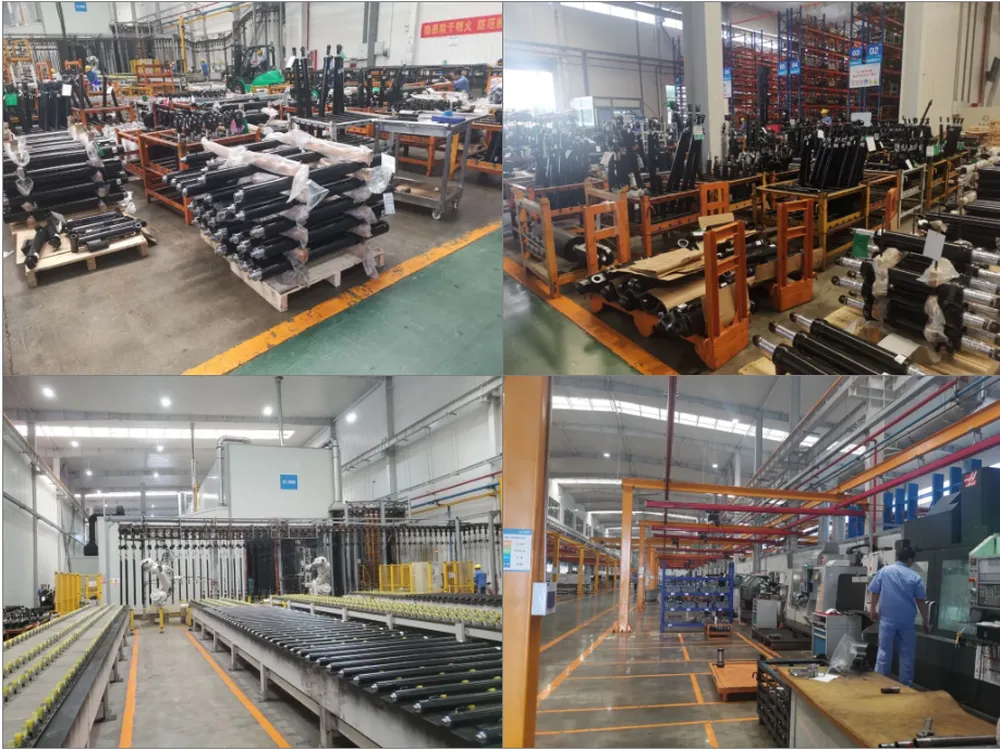Forklift hydraulic cylinders with enhanced thermal stability

Forklift hydraulic cylinders are critical components in modern
material handling equipment. These cylinders are used to lift and move
heavy loads, and the performance of these cylinders depends on various
factors such as the cylinder's strength, durability, thermal stability,
and more. In this blog post, we will discuss the importance of enhanced
thermal stability in forklift hydraulic cylinders and how it can improve
the performance and reliability of material handling equipment.
What are forklift hydraulic cylinders?
Forklift hydraulic cylinders are hydraulic actuators that are used to
provide the lifting and moving force required to operate forklifts and
other material handling equipment. These cylinders are usually made up
of a cylinder barrel, piston, piston rod, and several seals. The piston
moves back and forth in the cylinder barrel, generating the force
required to lift or move heavy loads.
The importance of enhanced thermal stability in forklift hydraulic
cylinders
Forklift hydraulic cylinders are subjected to a lot of stress and high
temperatures during operation. The heat generated during the operation
of the hydraulic system can cause the hydraulic fluid to break down,
which can lead to reduced performance and reliability of the system.
Enhanced thermal stability in forklift hydraulic cylinders can prevent
this problem by maintaining the stability and viscosity of the hydraulic
fluid even at high temperatures.
The benefits of forklift hydraulic cylinders with enhanced thermal
stability
Forklift hydraulic cylinders with enhanced thermal stability offer
several benefits, including:
- Improved performance and reliability of material handling equipment
- Reduced maintenance costs and downtime
- Extended service life of hydraulic cylinders
- Improved safety and productivity of material handling operations
Applications
Forklift hydraulic cylinders with enhanced thermal stability are used in
a wide range of material handling applications, including:
- Manufacturing plants
- Warehouses
- Distribution centers
- Cargo terminals
- Construction sites

Boom cylinder
Boom cylinder is another type of hydraulic cylinder that is used in
construction equipment such as excavators, backhoes, and cranes. It is
used to control the movement of the boom, which is the arm of the
equipment used to lift and move heavy loads. If you are looking for
high-quality boom cylinders, visit https://boomcylinders.com.
Company Products and Introduction
Our company is a leading manufacturer of hydraulic cylinders in China,
with a wide range of products including forklift hydraulic cylinders,
small hydraulic cylinders, hydraulic pistons, lifting oil cylinders,
boom cylinders, steering oil cylinders, and more. With a design and
production capacity of 200,000 sets per year, we use various fully
automated CNC production equipment and hydraulic cylinder assembly
equipment. Our company is known for our high-quality products, affordable
prices, and exceptional service. In addition to our current product line,
we also provide customized products such as high-altitude working platform
oil cylinders, industrial vehicle hydraulic cylinders, rotary drilling
rig oil cylinders, automobile crane oil cylinders, engineering machinery
hydraulic oil cylinders, mining dump truck oil cylinders, and sanitation
machinery hydraulic oil cylinders. Please feel free to contact us with
drawings or samples.

Q&A
Q: How often should forklift hydraulic cylinders be serviced?
A: Forklift hydraulic cylinders should be serviced at regular intervals,
as recommended by the manufacturer. The frequency of servicing depends on
various factors, such as the intensity of use, operating environment, and
the type of hydraulic fluid used. In general, it is recommended to service
hydraulic cylinders every 500 hours of operation or every 6 months,
whichever comes first.
Q: Can forklift hydraulic cylinders be repaired?
A: Yes, forklift hydraulic cylinders can be repaired. However, the extent
of repairs depends on the type and severity of the damage. Minor leaks or
seal failures can be repaired by replacing the damaged seals or other
components. However, if the cylinder barrel or piston is damaged, it may
need to be replaced entirely.
Q: What are the most common causes of hydraulic cylinder failure?
A: The most common causes of hydraulic cylinder failure include
insufficient lubrication, contamination of hydraulic fluid, corrosion,
incorrect installation or assembly, and excessive pressure or overloading.
Regular maintenance and inspection can help prevent these issues and
ensure the reliable performance of hydraulic cylinders.